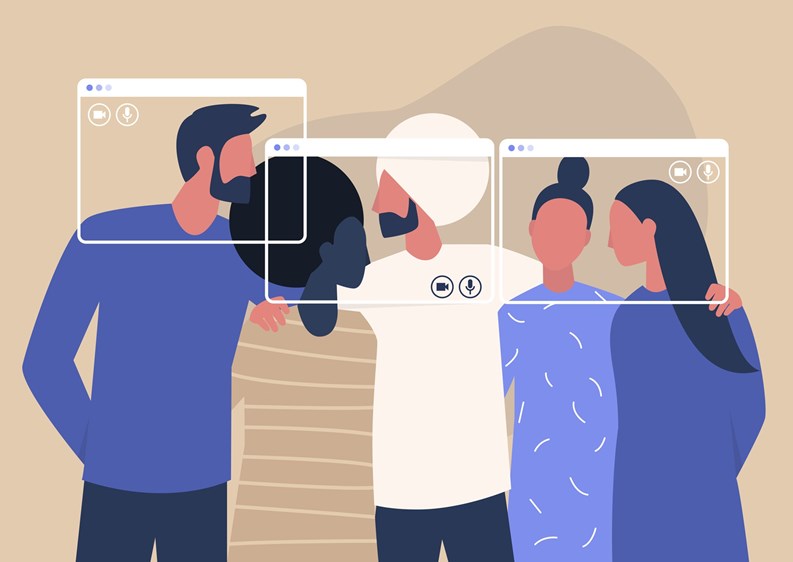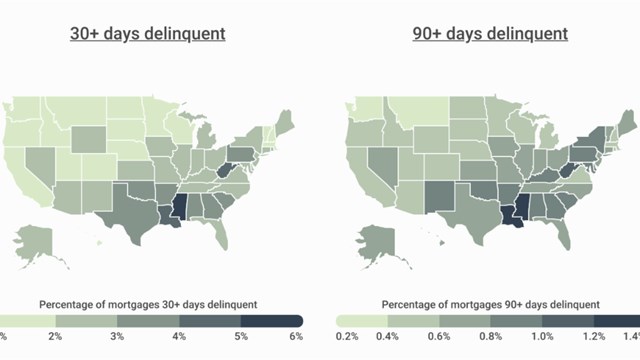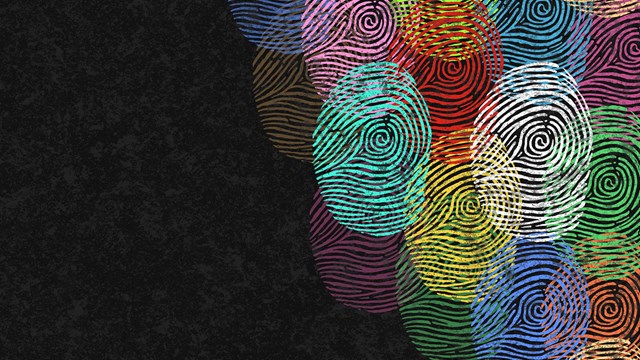The challenge of creating a sense of community during a pandemic is not something most people expected to face in their lifetime...but here we are. And while face-to-face communication is an essential part of daily life for most of us, we’ve quickly adapted to find ways to have personal interactions even when distanced.
That’s been equally apparent for community boards. Not only do our boards provide a connection that is needed to keep our communities running successfully and happily, but it is also essential for the safety and care of residents, both individually and collectively.
One of the most important characteristics of a well-run residential community is its ability to distribute information between the board members, property managers, and residents. Making relevant information readily available is critical to keeping residents notified of the latest happenings in and around the community.
For board members and property managers, communication is a necessity, and in many states a legal obligation. Luckily, there are ways to maintain strong communication and relationships whether we’re in person or not. Here are a few that we’ve identified as being especially helpful:
Proactive Communication. Communicate regularly with your residents, and keep the lines open and going both ways. An up-to-date website is the first step to getting information out to residents and providing a one-stop resource where they can find information and necessary contacts should they have questions. Board members and management should also be available to address questions and distribute information to all the residents in the community. Next, make a plan for regular, consistent, and ongoing communication - at least monthly. Emails and texts are an easy and effective tool to reach an entire community quickly.
Effective Technology. With the coronavirus pandemic affecting many aspects of our daily lives, people are even more in tune with technologies - particularly apps and web services - to help support and strengthen communication, even while staying at a safe distance. It’s been a necessity throughout COVID, and as users have grown accustomed to these tools, they’ve found them to be effective and efficient. Easy-to-use apps or portals help residents, board members and property managers easily stay in contact and informed.
The key is making technology work for you. A recent survey we conducted among boards found that 77% of respondents are using email to communicate with residents. While many people may be using a variety of different tools to communicate - emailing some residents, texting others, or holding a board meeting via conference call - having a way to harness these tools into one platform is much more effective than taking a scattershot approach. That said, a unified platform is just one effective way to communicate; different residents have different needs and levels of tech-fluency, and being able to reach residents in the way they prefer boosts satisfaction and communication.
“A major challenge was communication with owners and residents,” notes one client board member. “We had three separate systems, so it was hard to manage data. It created errors and a lot of back-and-forth.”
Targeted communications technology designed specifically for residential communities can help by consolidating the disparate electronic tools you’re already using. For example, some applications allow you to send residents emails, mass texts and smart calls all from one interface. Social media functions can also be integrated, so residents can continue to feel more personally connected within the community.
Technology can also help improve efficiency and put safety measures in place that benefit residents. For instance, reservations for community amenities can be submitted electronically while limiting the number of participants to practice social distancing; forms can be submitted electronically, and much of the work of running a community can be done virtually. You can now even host virtual meetings using a tool created specifically for the needs of community boards, with capabilities such as voting tools, recording options, and more.
Personal Connections. Over the past year, we’ve all gained a greater appreciation for the value of personal connections, and the importance of finding ways to interact even if we’re not face-to-face. Stemming feelings of isolation is critical, and board members and community associations are uniquely positioned to offer solutions. Using an app within communities that includes built-in social functions is an important way to keep those connections alive, allowing neighbors to check in on one another, share moments of kindness, ask for recommendations and connect in ways that typically would have happened in person.
Also, make sure to reach out to other board members and residents for connection, not just for business. Build in a few minutes of socializing at the beginning of a virtual board meeting. Ask how everyone is doing, and share experiences. Check in with residents more often, and make sure that those connections stay strong, so no one is feeling isolated. The more we communicate and share experiences, the more connected we’ll be, which will result in deeper relationships and a happier community.
Creativity. Finally, as many communal spaces remain closed, residents are likely looking for opportunities to socialize. We have seen residents in communities across the country find creative ways to come together. They’ve held fun, socially distanced events that have helped keep spirits up and keep them feeling connected to their community and friends within it.
Whether it’s holding a sidewalk art competition, a stuffed animal ‘zoo,’ or a community-wide ‘egg hunt’ (searching for eggs in windows instead of in person), virtual get-togethers are one way to keep your residents engaged. We’ve seen residents come together using creative ideas that have energized and brought together communities in ways many never thought possible. Many communities then even use technology to keep the fun going - posting pictures through their portals and sharing the joy these events have brought to the community.
In closing, if there’s one thing we’ve learned through this difficult year, it’s that we are resilient. There comes a time when neighbors must pull together and help each other, and we’ve seen communities do just that. Communication has never been more important, and we are lucky to live in a time where technology helps us stay in touch and keep lines of communication open.
Jonathan Doro is Managing Director of Vinteum, a Brooklyn-based information and tech services company that helps community associations to develop websites and communication tools to connect HOA residents and property managers.










Leave a Comment